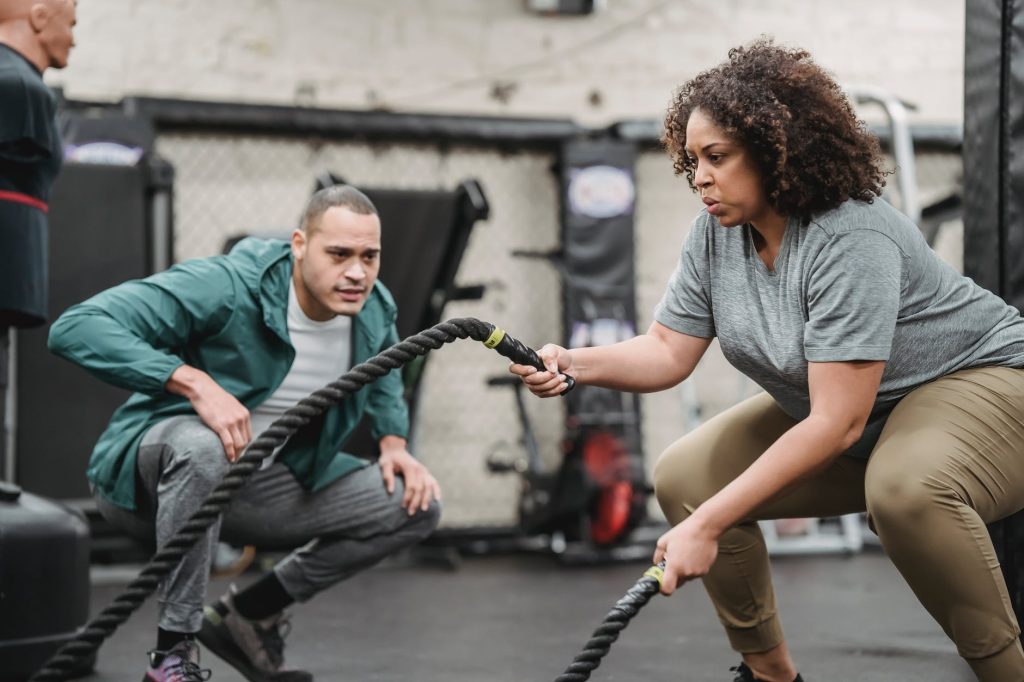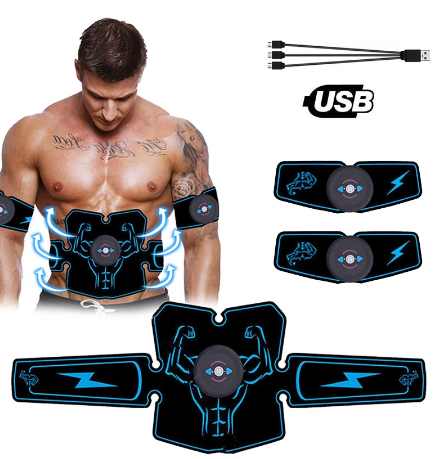
Exercise For Beginners: Getting started with a fitness routine
Table of Contents
Starting a fitness routine can be a daunting task, especially for beginners. It can be difficult to know where to start and how to make exercise a regular part of your life.
But the benefits of regular exercise are undeniable and starting with a routine is crucial to making it a habit.
In this post, we will discuss the importance of starting a fitness routine and the benefits of regular exercise.
Exercise has a wide range of benefits for both the body and mind. Regular exercise can improve cardiovascular health, increase muscle strength and endurance, and reduce the risk of chronic diseases such as diabetes, heart disease, and certain cancers.
It also has a positive impact on mental health, reducing symptoms of anxiety and depression, and improving overall mood and cognitive function.
In addition to the physical and mental health benefits, regular exercise can also improve self-esteem, increase energy levels, and help with weight management. It can also be a great way to de-stress and relax after a long day.
Also read: 5 Ways How To Deal With Stress And Anxiety
Starting a fitness routine can seem overwhelming at first, but it doesn’t have to be. The key is to start small and make it a part of your daily routine.
This could mean starting with a 10-minute walk every day and gradually increasing the intensity and duration of your exercise as you become more comfortable.
It’s also important to find an activity that you enjoy, whether it’s dancing, swimming, cycling, or weightlifting.
In summary, starting a fitness routine is an important step in improving overall health and well-being.
Remember to start small, find an activity you enjoy, and make it a part of your daily routine. With time and persistence, you will find that exercise becomes a natural and enjoyable part of your life.
Setting Goals
Setting goals is an essential part of starting a fitness routine. Without clear and specific goals, staying motivated and tracking progress can be difficult.
However, setting effective goals goes beyond simply deciding to “lose weight” or “get in shape.”
In this section, we will discuss the importance of setting specific, measurable, and achievable goals and offer tips on how you can set effective fitness goals.

When setting goals for your fitness routine, it’s essential to make them specific, measurable, and achievable.
- Specific goals are those that are clear and defined, such as “I want to run a 5K in 8 weeks.”
- Measurable goals are those that can be quantified, such as “I want to lose 10 pounds in 12 weeks.”
- Achievable goals are those that are realistic and achievable within the given timeframe.
It’s also vital to set short-term and long-term goals. Short-term goals are those that can be achieved within a few weeks or months, such as running a 5K or losing 10 pounds.
While, long-term goals are those that will take several months or even years to achieve, such as running a marathon or achieving a specific body composition.
When setting fitness goals, it’s essential to be realistic and not too hard on yourself. Remember that progress takes time, and it’s essential to celebrate small wins along the way.
It’s also important to be flexible and adjust your goals as needed. If you find that your goal is too difficult or unrealistic, it’s ok to reassess and adjust it to something that is more achievable.
How to set effective fitness goals
Here are a few tips on how to set effective fitness goals:
- Make sure your goals are specific, measurable, and achievable
- Set both short-term and long-term goals
- Set realistic goals
- Celebrate small wins along the way
- Be flexible and adjust your goals as needed
Remember to always stay motivated and stay focused on your goals, and you will be on your way to achieving your fitness goals.
Finding the Right Exercise
Finding the right exercise for your fitness routine can make all the difference in whether or not you stick to it.
In this section, we will discuss the different types of exercise, such as cardio, strength training, and flexibility, and offer suggestions for finding the right exercise for your goals and preferences.
- Cardio exercise, also known as cardiovascular exercise, is any exercise that increases the heart rate and breathing, like running, cycling, swimming, and dancing. This can help to improve your cardiovascular health.
- Strength training, also known as resistance training, is any exercise that uses resistance to target specific muscle groups like weightlifting, bodyweight exercises, and resistance band exercises. This can help to increase bone density.
- Flexibility exercise, also known as stretching, is any exercise that targets the muscles and joints to improve the range of motion and reduce the risk of injury. These include yoga, Pilates, and stretching. This exercise can help improve posture and mobility.
When choosing the right exercise for your fitness routine, it’s essential to consider your goals and preferences.
- If you’re looking to lose weight, cardio exercises may be the best option.
- If you’re looking to build muscle, strength training may be more appropriate.
- If you’re looking to improve flexibility and reduce the risk of injury, flexibility exercises may be the best choice.
It’s also important to consider your current fitness level and any limitations you may have. If you’re new to exercise, it’s essential to start with low-impact exercises and gradually increase the intensity and duration as you become more comfortable.
If you have any health conditions or injuries, it’s essential to consult with a doctor or a physical therapist before starting a new exercise routine.
Also read: 5 Simple Exercises for Immediate Lower Back Pain Relief
Here are a few tips on finding the right exercise for your fitness routine:
- Consider your goals and preferences
- Consider any fitness limitations you may have
- Consider starting with a low-impact exercise first, before gradually increasing the intensity and duration
- Consult with a doctor or physical therapist if you have any health conditions or injuries
Remember to start with low-impact exercises and gradually increase the intensity and duration as you become more comfortable. With the right exercise, you will be on your way to achieving your fitness goals.

Creating a Plan
Creating a plan is essential for achieving your fitness goals. Without a plan, it can be easy to let your exercise routine fall by the wayside.
A plan helps you to stay organized, focused, and motivated. It also helps you to track progress and make adjustments as needed.
When creating a plan, you should be specific and realistic. This means setting specific goals, determining the type of exercise you will do, and identifying the specific days and times you will exercise.
One of the most important aspects of creating an effective plan is scheduling time for exercise. This means making exercise a priority and setting aside dedicated time for it in your daily routine. The key is to find a time that works best for you, whether it’s early in the morning, during your lunch break, or after work.
It’s also essential to make exercise a part of your daily routine. This means incorporating it into your schedule as you would any other daily activity, such as brushing your teeth or making breakfast. This will help to make exercise a habit and something that you look forward to doing each day.
Here are a few tips on how to create an effective plan:
- Be specific and realistic
- Schedule time for exercise
- Include exercise in your daily routine
- Always track your progress and take note of areas that needs adjustments.
Remember to track progress and make adjustments as needed. With a solid plan in place, you will be on your way to achieving your fitness goals.
In conclusion, we have discussed the importance of setting specific, measurable, and achievable goals, finding the right exercise, creating a plan, and staying motivated. We have also highlighted the many benefits of regular exercise, both for the body and mind.
We hope that this blog post has provided you with the information and inspiration you need to take the first step toward starting a fitness routine. Remember that starting small is the key to making exercise a habit, and that progress takes time.
If you’re looking for additional resources and support, there are many online communities, apps, and websites that can help you on your fitness journey. Websites such as bodybuilding.com, fitnessblender.com, and sparkpeople.com offer a wide range of workout plans and advice for beginners. Additionally, apps like MyFitnessPal and Fitbit can help you track your progress and provide additional support and motivation.
Continue reading: Home Workout 101: How to create an effective workout plan.




One thought on “Exercise For Beginners: Getting started with a fitness routine”
Comments are closed.